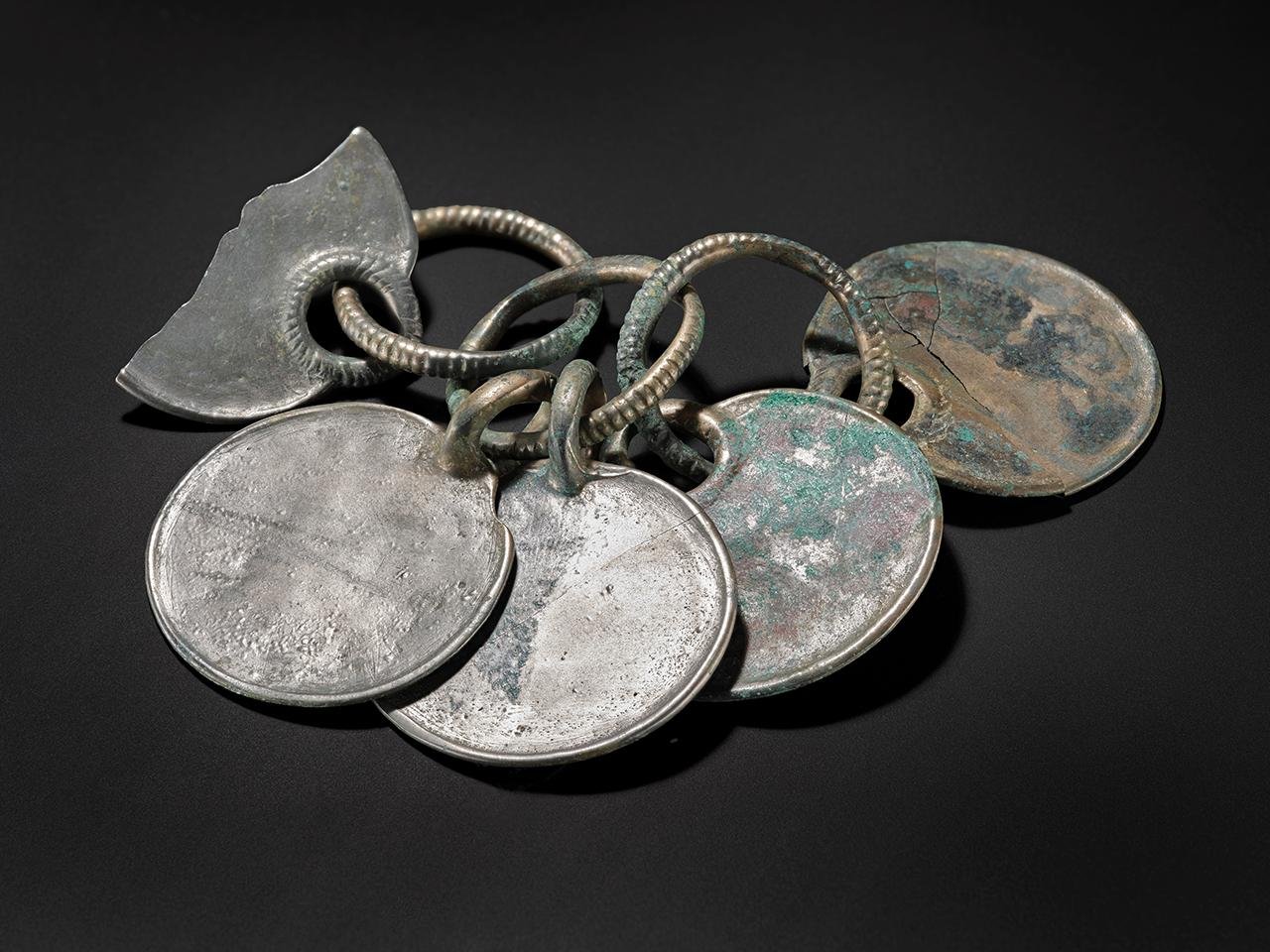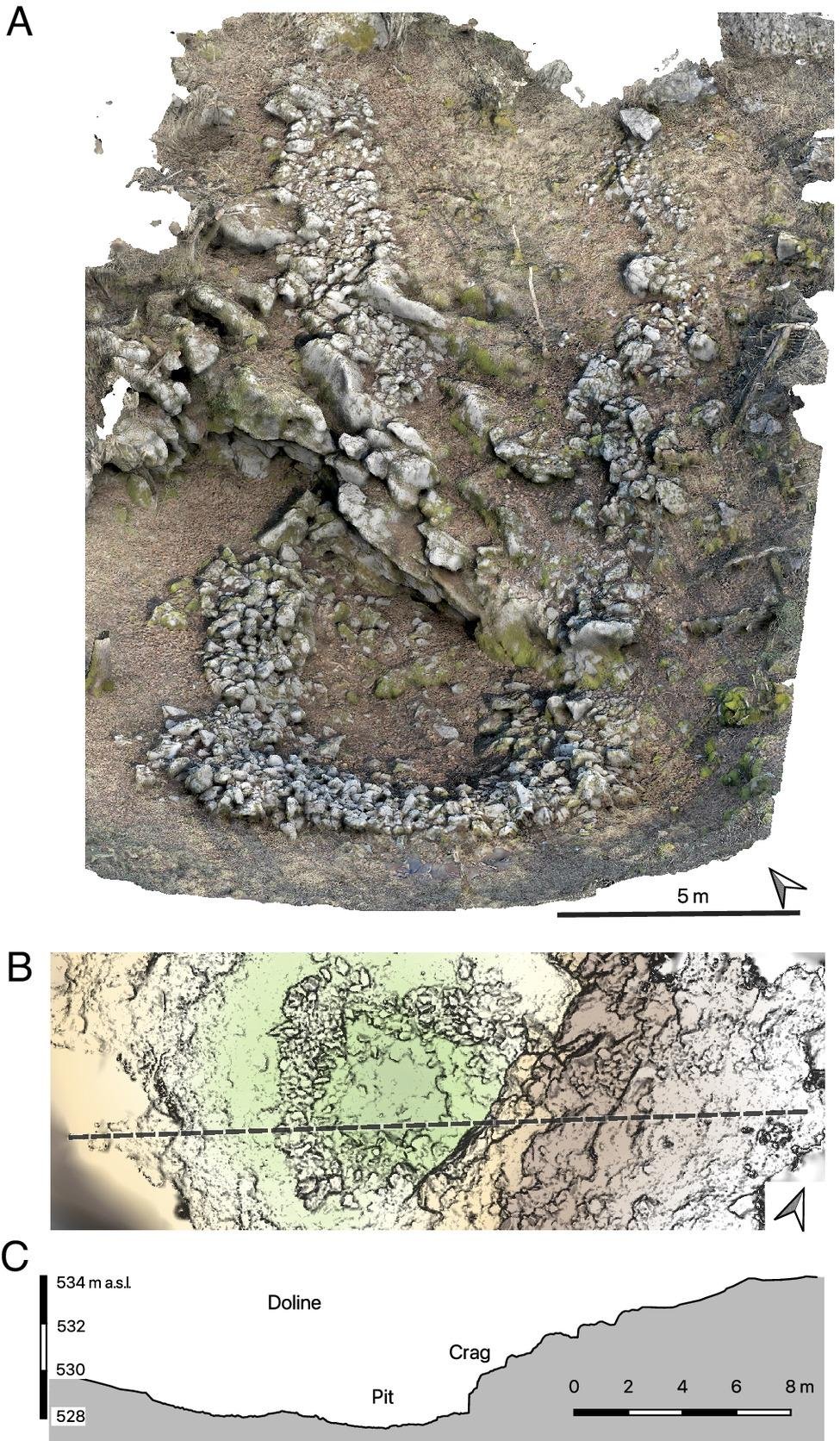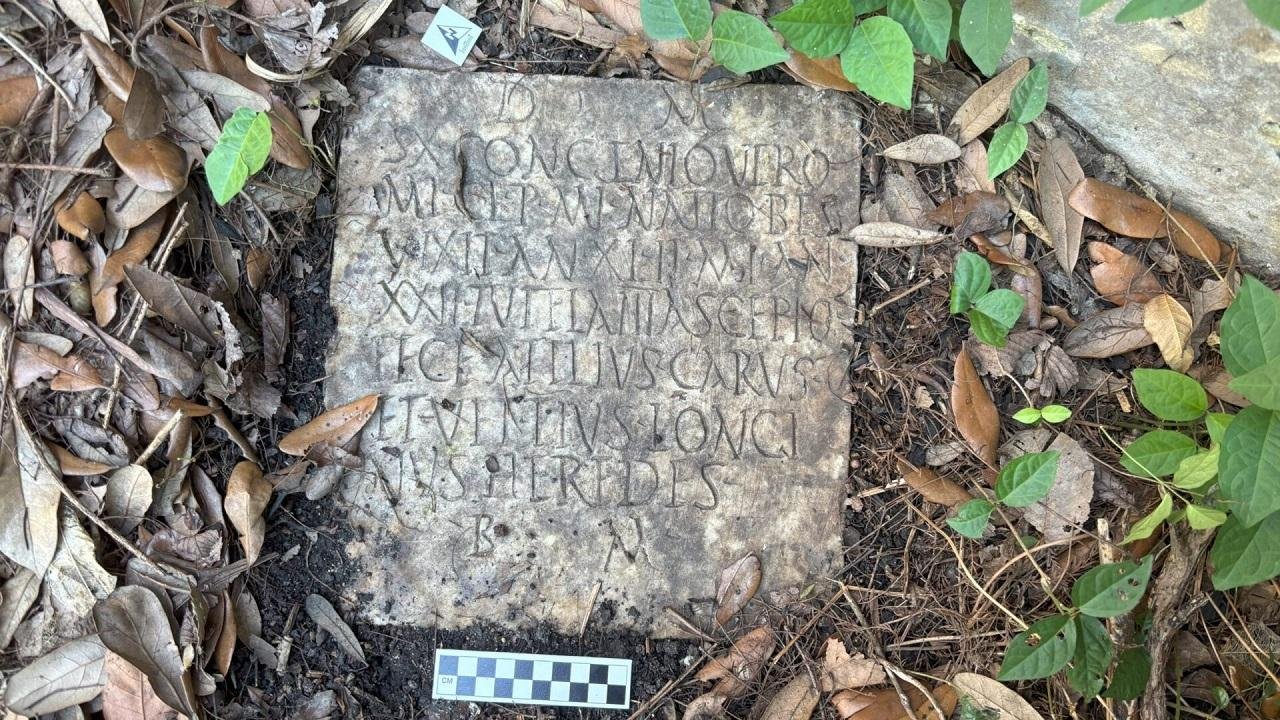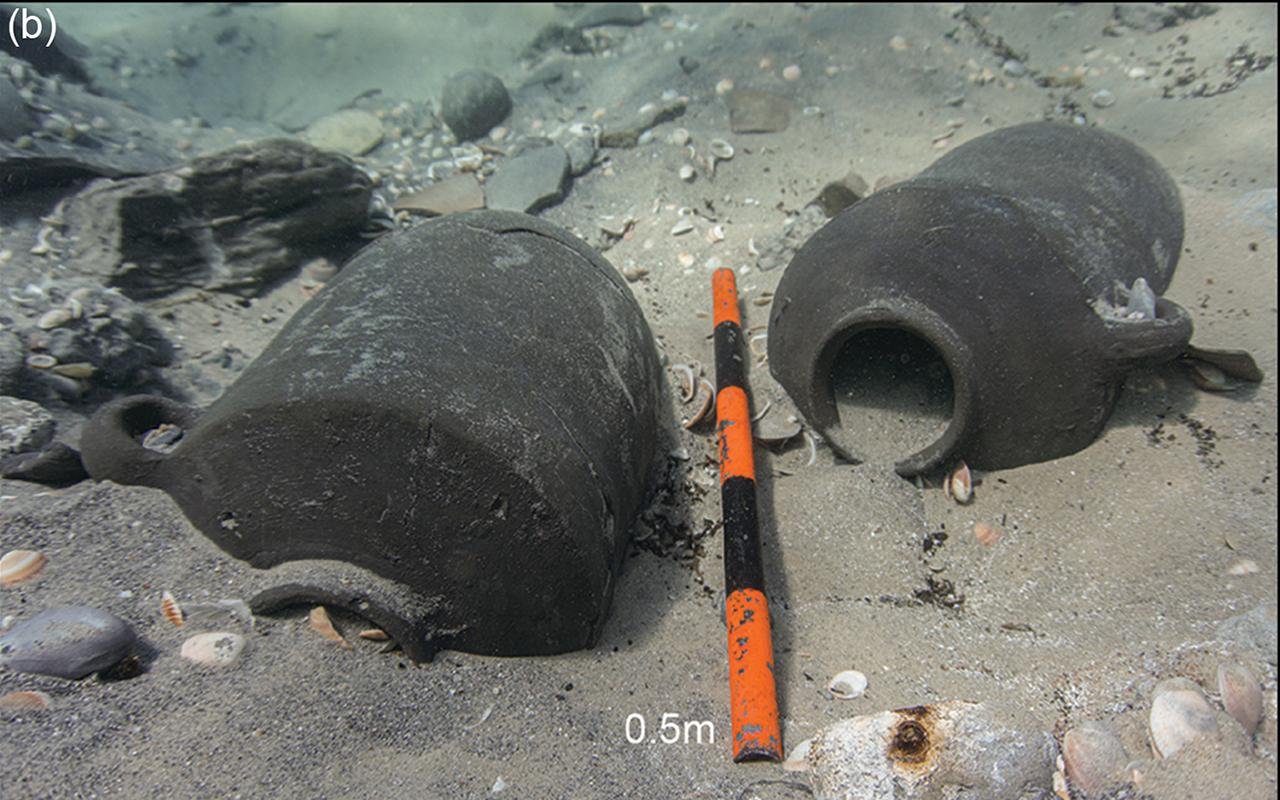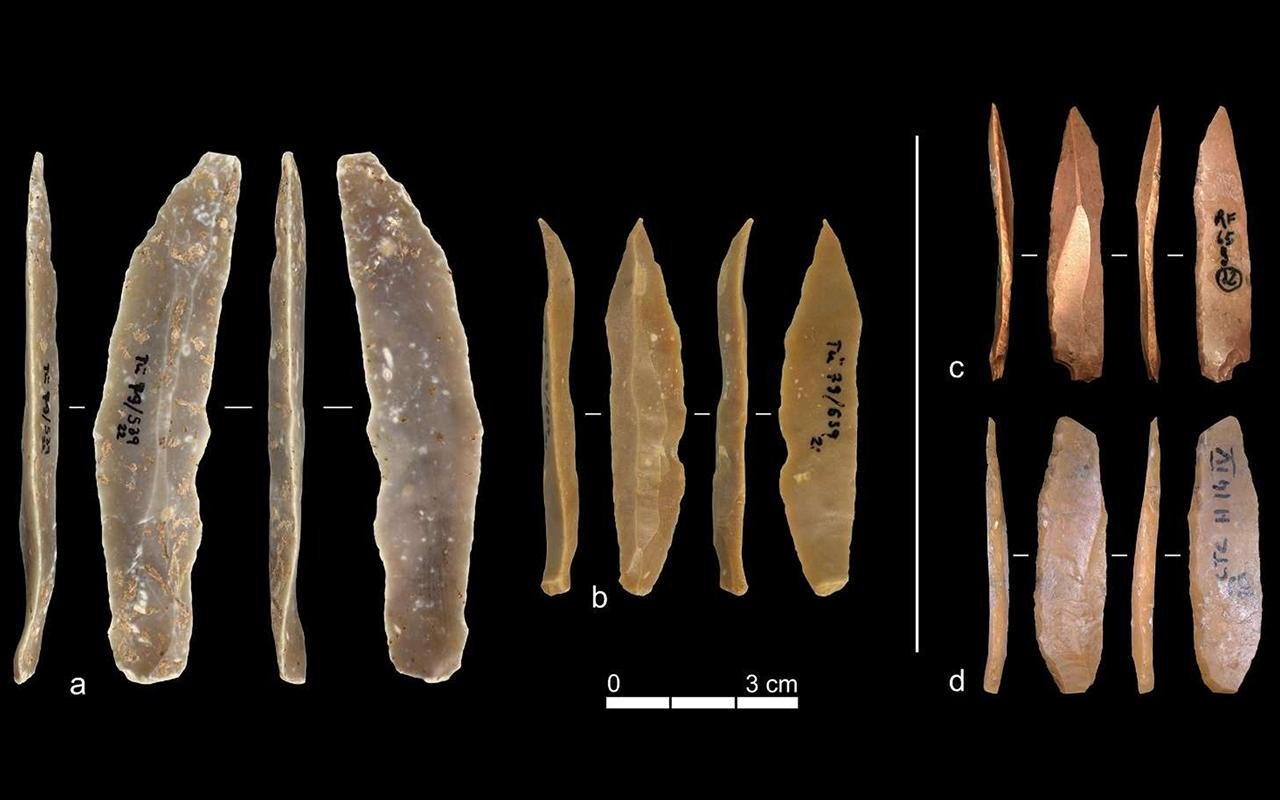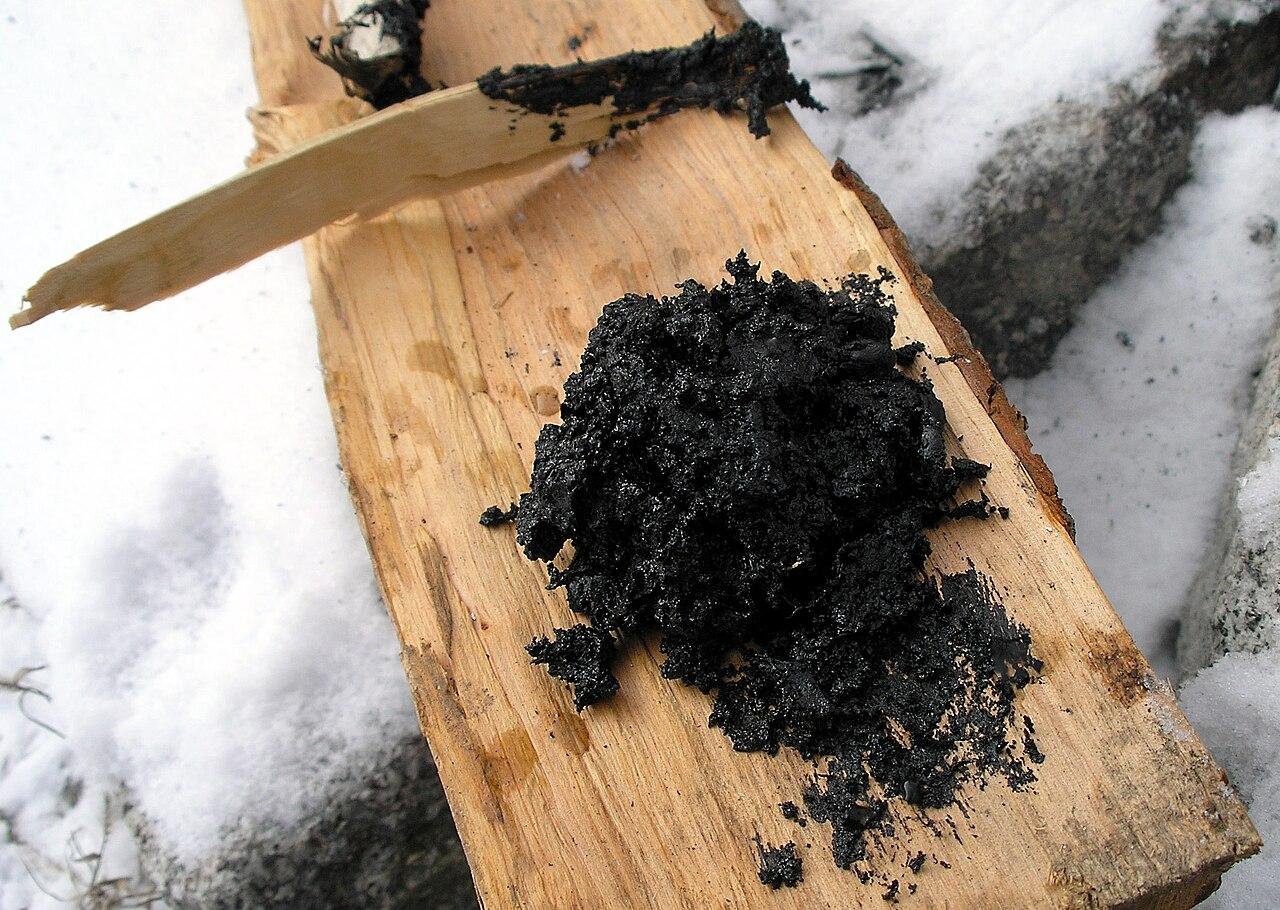In a major archaeological excavation prior to a new construction project in Kaiseraugst, Switzerland, archaeologists uncovered well-preserved Roman structures and rare artifacts in the ancient area formerly known as Augusta Raurica. The rescue excavation, led by the Aargau Cantonal Archaeology Department, was carried out from May 2024 to March 2025 and shed new light on the lower town of one of the most significant Roman settlements north of the Alps.
 Some of the houses were stone-built, with cellars still intact. Credit: Canton of Aargau
Some of the houses were stone-built, with cellars still intact. Credit: Canton of Aargau
Augusta Raurica, originally founded in the middle of the 1st century BCE, was a thriving trading hub and administrative center during the Roman Empire. Located near a Gallic tribe known as the Rauraci, the city was at its peak in the 2nd century CE and featured monumental structures such as temples, public baths, and the largest theater in the north of the Alps.
The recent excavation in the Schürmatt section of Kaiseraugst was first prompted by plans to build two multi-unit complexes with shared underground parking. Recognizing the historical value of the location, authorities conducted non-invasive geophysical surveys in 2019, followed by trial excavations in 2021 and 2023. These efforts guided the complete rescue excavation, which covered an area of around 1,800 square meters (around 19,000 square feet).
For the first time, the Aargau Cantonal Archaeology Department documented the entire excavation digitally. “All features were digitally drawn on site and all data were directly loaded into a database,” the department stated in a press release, which continued that this system provided “extremely precise and efficient documentation” that can be used as a new standard for archaeological work beyond the canton.
 Several shafts were found in the backyards of the Roman houses. Credit: Canton of Aargau
Several shafts were found in the backyards of the Roman houses. Credit: Canton of Aargau
One of the most striking finds was a Roman road that was approximately 12 feet wide and had been resurfaced multiple times. The road was flanked by drainage ditches and porticoes—covered walkways supported by columns—demonstrating an organized and thriving urban plan. Alongside the road were long, narrow buildings known as strip houses, each with a rear courtyard. These homes varied in their construction, some being stone-built with cellars still intact, while others were simple wooden post-built structures.
The rear courtyards also yielded dry stone pits and shafts whose exact uses are still being investigated. What was of special interest, however, were several infant graves found within the buildings and courtyards—a practice consistent with Roman customs of burying babies close to the home rather than in formal cemeteries. “These graves offer insight into the high infant mortality rate of the time,” explained the Canton of Aargau in its statement.
The area, which was settled from the end of the 1st century CE to the 3rd century CE, also produced evidence of activity in late antiquity. This was evidenced by numerous coins and scattered individual finds from the late Roman period.
 Archaeologists uncovered a small panther statuette at the site. Credit: Roman town of Augusta Raurica
Archaeologists uncovered a small panther statuette at the site. Credit: Roman town of Augusta Raurica
The archaeologists also discovered some excellent artifacts, including a small bronze panther statuette, a votive holder made of tuff stone, and a colorful mosaic glᴀss spindle whorl. These artifacts are not common and provide interesting information about daily life and religious activities in Augusta Raurica.
Since development was to continue, the developers worked with archaeologists to adjust building plans to preserve some of the late Roman burials that were found during the excavation. Working together, construction planners and heritage authorities were able to achieve both cultural heritage conservation and progress in modern development.
Kaiseraugst, about 50 miles north of Zurich, remains a key location for Swiss archaeological research.
More information: Canton of Aargau
